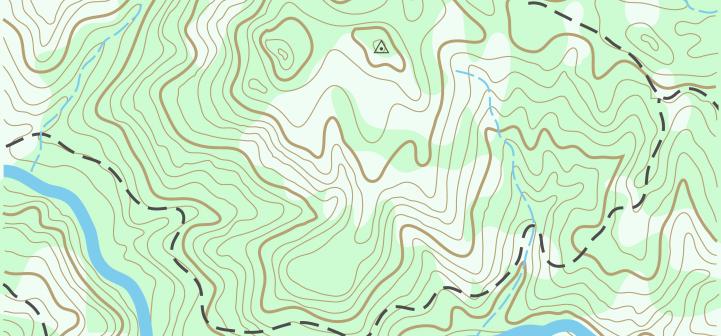Every time a GPS receiver calculates its position, there is some amount of error inherent in the calculated position. Errors can be introduced from a number of sources (e.g., GPS clock errors, atmospheric conditions, the distribution of GPS satellites) over which the GPS user has little control.
Differential correction is a commonly used technique to reduce the systematic errors that decrease the accuracy of GPS positions. All differential correction techniques use correction data from a GPS base station to improve GPS locations calculated by a GPS receiver in the field (often called the “rover” because it moves with the person carrying it). The GPS base station is permanently fixed to the same location, and, as a result, its location is known with a high degree of certainty.
As part of the differential system, the base station acts as a reference location of known coordinates to determine how much error is present in the GPS system at any time. Each time the base station GPS calculates its position based on the GPS signal, the deviation from its actual location can be calculated (i.e., the error at that time can be determined). Error corrections can then be calculated almost continually and applied to data being collected in the field by a rover GPS unit in the vicinity of that base station. Differential corrections can be performed after field work (post-processing) and/or real time through a correction signal broadcast via a radio beacon or geostationary communication satellites.
The most common satellite-based differential correction of this type is a signal most GPS receivers have the capacity to receive: the Wide Area Augmentation System (WAAS), provided through the Federal Aviation Administration. Real-time differential corrections also are broadcast by the U.S. Coast Guard via radio signals and can be received and used by GPS receivers outfitted with special radio receivers.
